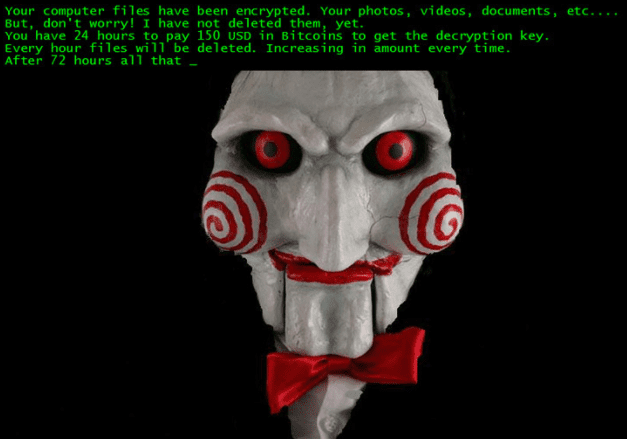Ransomware is a terrifying thought for business-critical data. It seems like new reports, television news spots, Internet ads, and others are littered with ransomware attacks. There is no question this is one of the most dangerous threats for organizations today using digital resources for business continuity. Recovering from ransomware is becoming more challenging as infrastructure is growing more complex and data is located both on-premises and in the cloud. In this post, we will take a quick look at the state of ransomware and recovering from ransomware in 2021.
How bad is ransomware in 2021?
The threat of ransomware is certainly growing more ominous. Just in the last couple of months at the time of this writing, the Colonial Pipeline was shutdown for many days causing he price of fuel to skyrocket and leaving fuel shortages along the Eastern Seaboard of the United States. JBS, the world’s largest meat packing company was also hit recently in June 2021 with a devastating ransomware attack, leaving the business shutdown for days.
These large-scale ransomware attacks targeting critical service industries underscores the danger of ransomware as it sets its sights on more critical business targets. Businesses are squarely in the sights of cybercriminals running the ransomware gangs. Attackers know that businesses cannot go without their data for long periods of time. New ransomware variants are also going after business-critical data stored in the cloud as many organizations are now leveraging cloud environments for business services.
Recent estimates from cybersecurity experts are projecting businesses will suffer from a ransomware attack every 11 seconds, resulting in damages in 2021 reaching $20 billion. This is an astonishing 57X more than it was in 2015.

A change in ransomware attack strategy
In years past, ransomware as more of a mass “spray and pray” attack strategy using phishing campaigns to much more highly targeted hand-crafted attacks that choose a particular target on which to launch the ransomware attack. This is the much more prevalent style of attack than was the case in years past. This changed approach has reaped huge dividends as hackers are now often asking ransoms in the millions of dollars to restore access to business-critical data.
Intangible costs
Aside from the large ransoms demands of organizations by cyber criminals in a ransomware attack, this represents only a fraction of the cost of a ransomware attack due to other cost factors. These include: data loss, business disruption, productivity loss, cybersecurity investigation, restoration and cleaning of infected systems, damaged business reputation, and potentially legal and other fines related to compliance violations if the business is found to have been grossly negligent with security practices.
Recovering from Ransomware in 2021
With the large number of risks coming from ransomware in 2021, businesses must proactively protect their data. It is no longer enough to have a legacy virus scanner running on client computers and a firewall at the edge. This is no longer effective on-premises and does not even consider cloud SaaS environments. What do you need to do to recover from ransomware in 2021? What steps does it involve? How can you protect yourself?
NAKIVO is hosting a free webinar covering the topic of recovering from ransomware in 2021. In the webinar, NAKIVO is going to cover how to create safeguards against ransomware and recover your data in an effective and efficient manner. How can businesses bolster their incident response plan to protect against ransomware-related data loss and extremely important – avoid paying cybercriminals.


0 Comments